
I can’t bring myself to say much about the garish fiasco that is Rebecca Frecknall’s Cabaret, currently on stage in New York. Many talented people onstage deserve better. The audience certainly does. The production received a well-earned drubbing from critics, whose reviews can be easily found, so I’ll leave that to you.
Instead, I want to focus on how profoundly the revolutionary 1966 show (music by John Kander, lyrics by Fred Ebb, book by Joe Masteroff, directed by Harold Prince) has, over the last five decades, been deconstructed, rebuilt and editorialized in multiple ways—almost always to its detriment.
The decline begins, frankly, with Bob Fosse’s 1972 film version—though to be fair, that is a different medium, and taken on its own, an exceptionally effective movie.
Still, there are questionable elements. The non-diegetic songs in the score were ditched entirely. New material for Liza Minnelli showcased her more than it suited Sally Bowles, the character she was portraying. The elderly couple at the musical’s heart—wonderful creations of Masteroff and company—were eliminated.
But the really seismic shift was Fosse’s interpretation of the cabaret environment itself as something more louche and down-market. This flies in the face of both the original musical and the historical reality of Berlin in the last years of the 1920s… but it stuck.
Fast forward to 1993. At London’s Donmar Warehouse, director Sam Mendes radically rethought Cabaretalong lines that seemed to use Fosse’s film as a starting point. Mendes stuffed additional songs into the score that had been in the film, including “Maybe This Time,” which was great special material for Minnelli but not at all right for the show’s tone. He made the connections to Nazism more visually explicit and harrowing than they had been in Prince’s production. And Mendes went far beyond Fosse in pushing the sexual content and general grittiness.
Mendes’s reworking was widely praised. In 1998, a version based on it but now co-directed with Rob Marshallwas mounted on Broadway at Studio 54, featuring Alan Cumming as the Emcee, repeating his turn from Donmar. Again, there was considerable critical praise. The show became a box office juggernaut, running nearly six years, and launching a national tour.
Next, in 2014, a revival of the Mendes-Fisher production came again to Studio 54, and again featured Alan Cumming, along with new cast. Critical praise was fainter this time, and the show ran just under a year—but it too launched a touring company.
I saw both stands of the Mendes production (1998 and 2014) multiple times—in New York, and also through tours. The most notable takeaway was that each successive version pushed the envelope further… and was less effective.
We can look at the character of Cabaret’s Emcee and how it has been handled as an exemplar of evolving productions ideas. Joel Grey’s celebrated creator performances, fashioned as a kind of painted marionette come to life, seemed extreme at the time, but was also streamlined and often elegantly subtle. In Mendes I, Alan Cumming bared more skin, and was winkier and reeked of self-satisfaction—qualities that got worse when he repeated it in Mendes II. The general look and manner was made even more extreme as a string of other actors took over the role. In the current Broadway revival, Eddie Redmayne takes all this to an almost unimaginable level of excess.
That’s consistent with the general theme here. Even at their most coarse and crude, Mendes versions, both I and II, don’t come close to Frecknall’s deplorable mess.
The bottom line? What Kander and Ebb’s original got so brilliantly right—and that all these revisals have mucked up—is that the actual cabarets were not ur-mosh pits, frequented by outliers. They were titillating but still respectable places where middle-class people could play with questions of identity—and return unscathed to normal life.
And that is so much creepier and more powerful than all the vulgarity we now see on stage. Eddie Redmayne, contorting himself like a one-man horror movie, accomplishes so much less than Joel Grey did with a raised eyebrow.
How do we fix it? To start with, as an antidote to all this, I recommend you seek out the following:
- The Berlin Stories. Christopher Isherwood’s fictionalized account of his time in the city is told in luminous, elegiac prose. It is the central source for Cabaret.
- Berlin Cabaret. Peter Jelavich’s definitive study is the rare academic book that is also a page-turner. Most importantly, through scrupulous research and analysis, he helps us understand what these institutions really were.
- Ute Lemper Sings Berlin Cabaret Songs. This collection of period songs written for and performed in the Cabarets is an eye-opener, full of startling surprises and brilliant wit. It also demonstrates how well Kander and Ebb absorbed the style in their Cabaret I’m generally a Lemper agnostic, but she’s at her best here. (Note: this link should take you to the version of the recording in German. Lemper also recorded them in English translations: good, but the originals are better.)
Till we finally get a revival of the musical that truly understands it, these three sources—and the excellent original “original cast album”— will allow you to explore the far more fascinating and disquieting world that Cabaret—and Cabaret—really is.
Photo: Marc Brenner

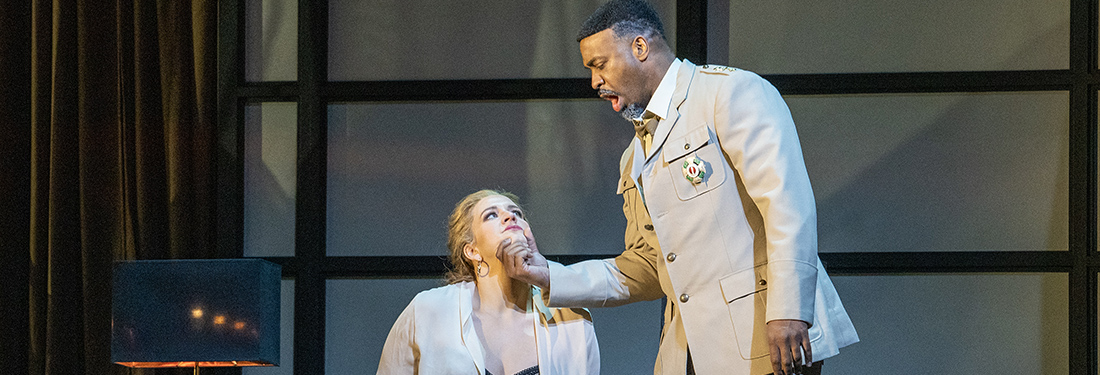
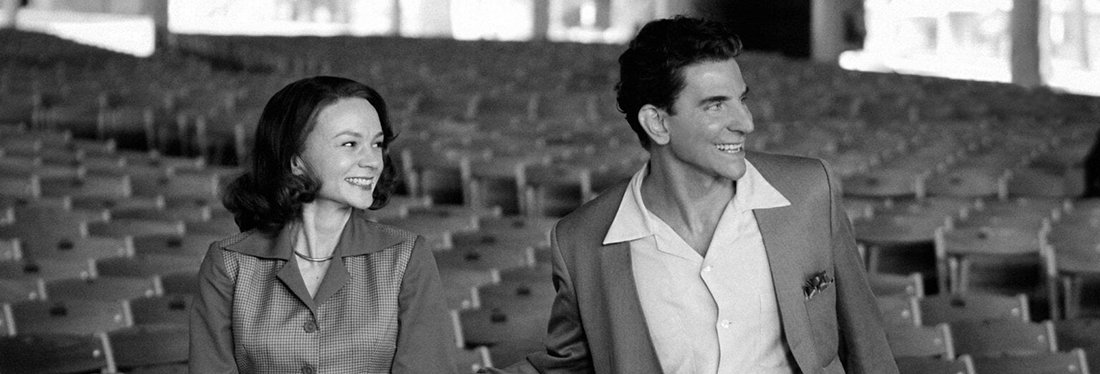

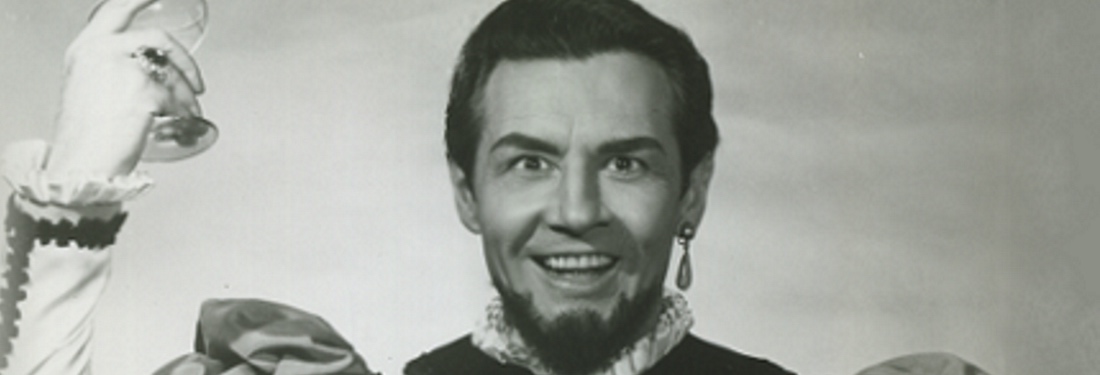
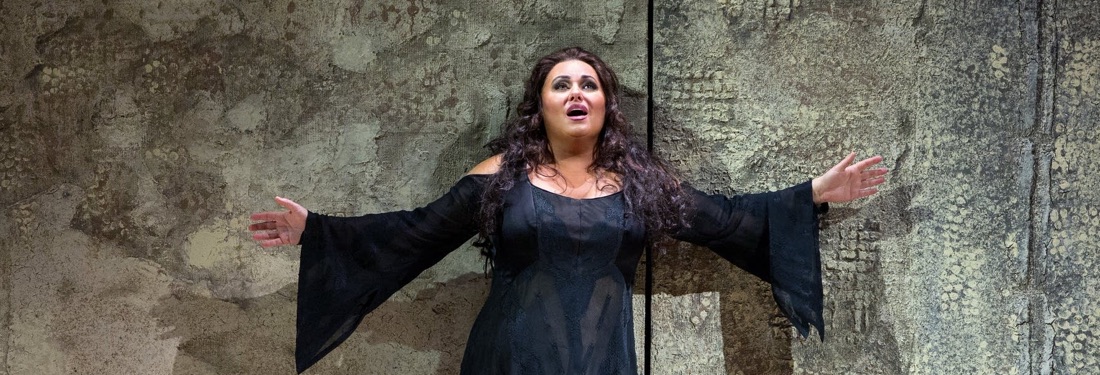
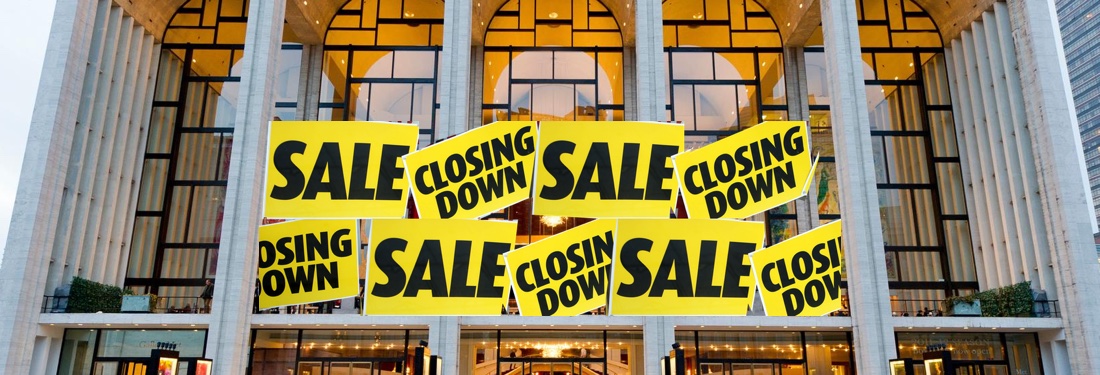
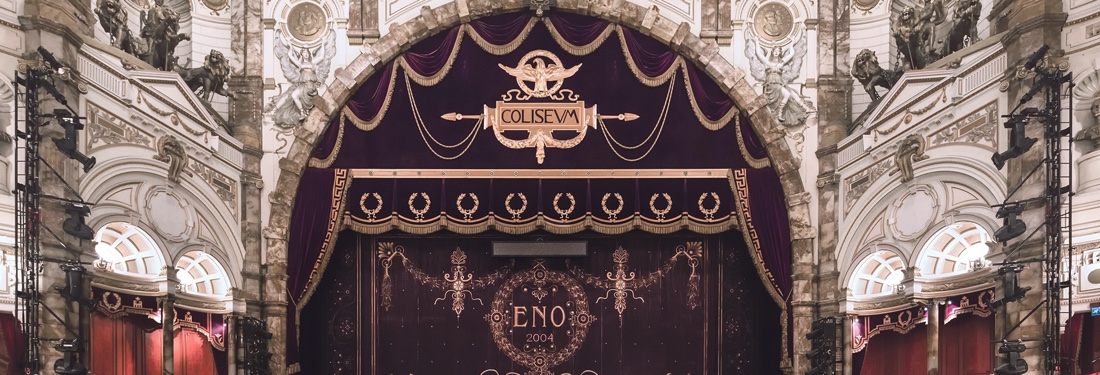
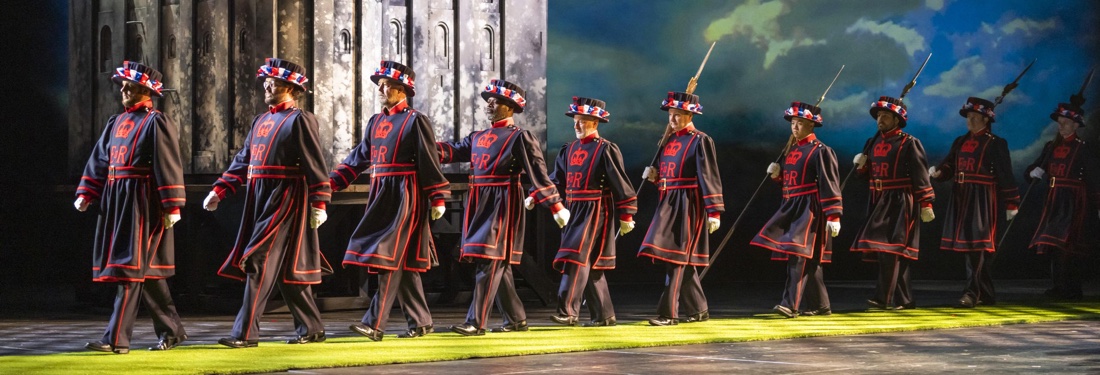

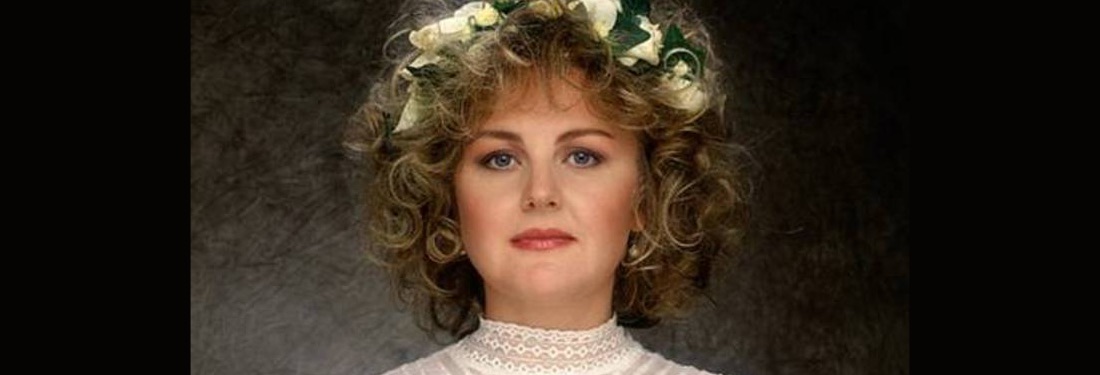
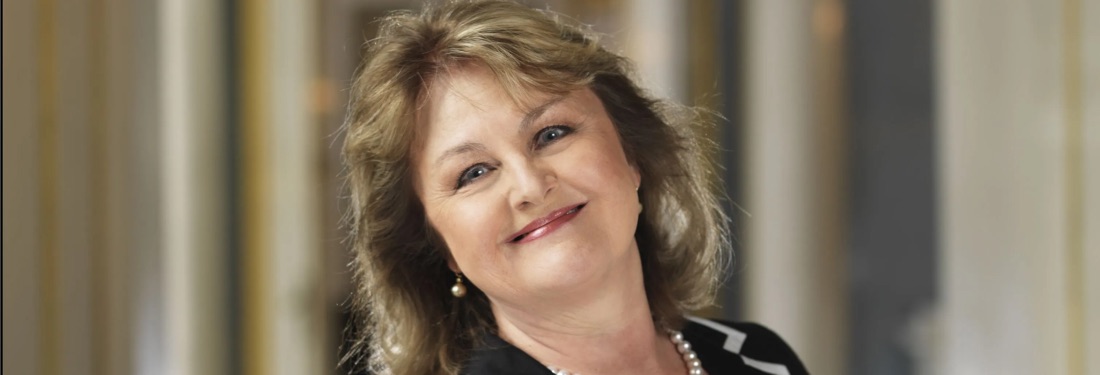
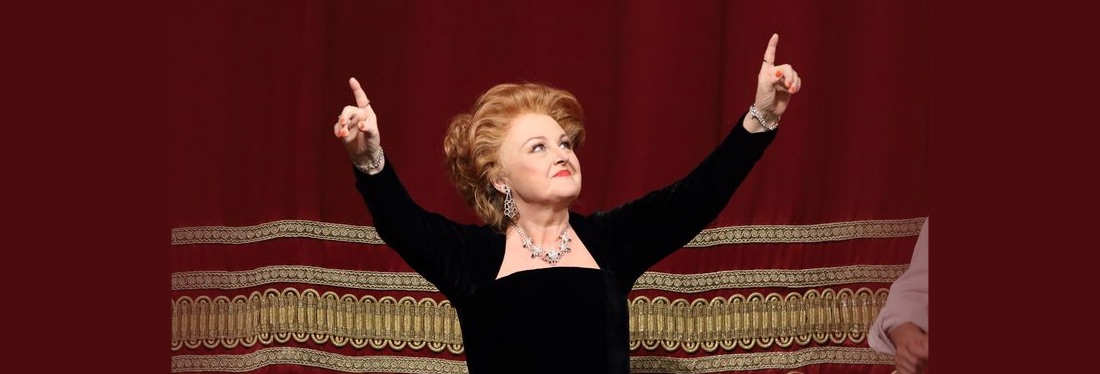
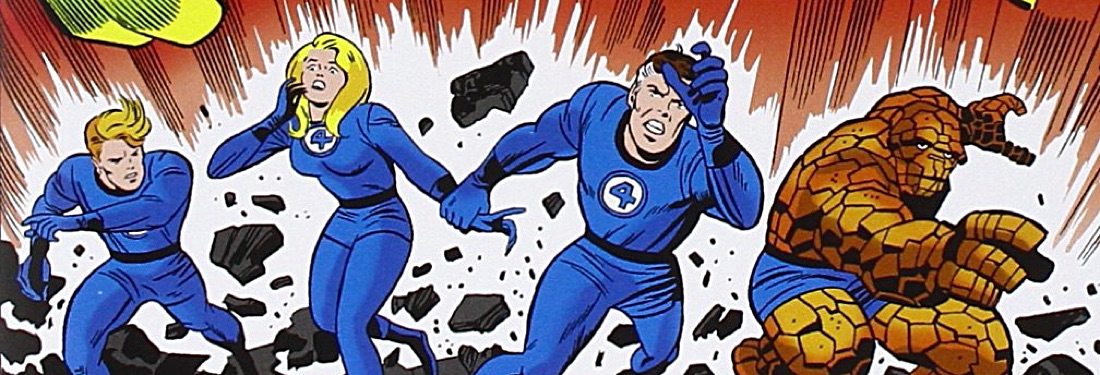
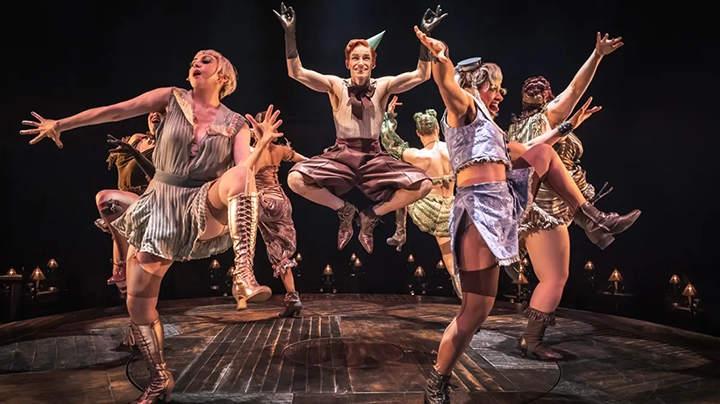
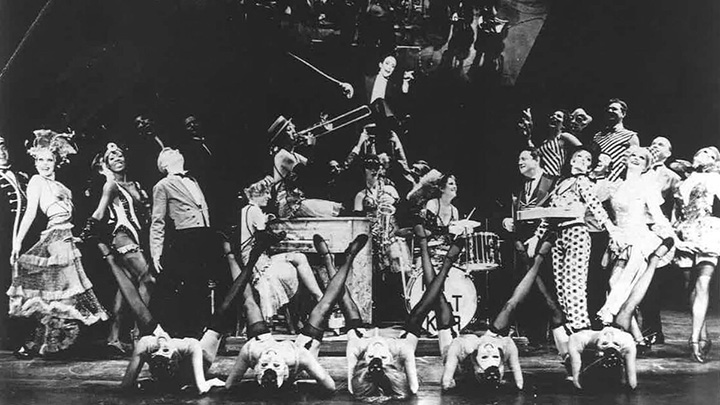











Comments